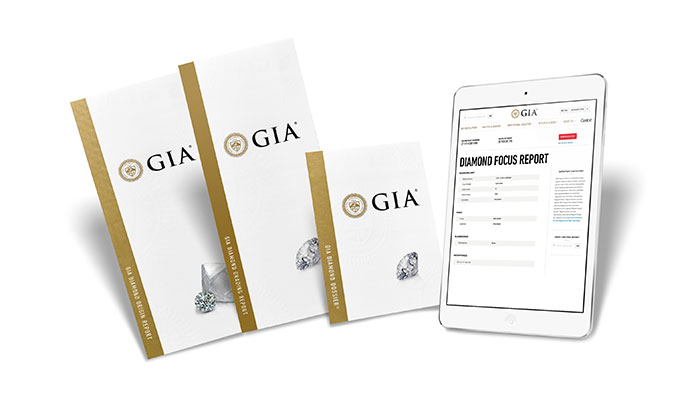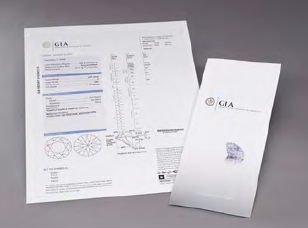Diamonds are known for being one of the hardest substances on earth. A diamond is so hard it ranks as a 10 on the Mohs scale–the highest level of hardness. But what is the Mohs scale? (more…)

Diamonds are known for being one of the hardest substances on earth. A diamond is so hard it ranks as a 10 on the Mohs scale–the highest level of hardness. But what is the Mohs scale? (more…)
Part 1 – An Industry without Standards or Formal Education
Though diamonds and other gemstones have been collected and coveted for many centuries, it has taken almost as long for diamond cutters and jewelers to learn how to reveal a gemstone’s inner beauty.
As early as the 1300s, European stone cutters were changing crystals by polishing their faces so that no natural irregularities of the original crystal remained. While this type of polishing and cutting did allow light to reflect off the outer surface, the fire and brilliance remained hidden inside. Small changes introduced over the next few centuries made diamonds more interesting, but still hid the potential of diamonds to return light as we know it today. (more…)

Purchasing a diamond ring can be overwhelming. After you get through the education process of learning the diamond 4Cs there is still one more piece of the puzzle: understanding the difference between a grading report and an appraisal. (more…)

Some diamond cut’s never go out of style, especially when they boast a royal heritage and have been redesigned and reinvented. Such is the case with the popular Asscher cut. (more…)
Few things in nature are absolutely perfect. This is also true with diamonds. As touched on in the first part of the clarity series, diamonds have internal features called inclusions and surface irregularities called blemishes. Together, inclusions and blemishes make up a diamond’s clarity characteristic. (more…)
Diamond clarity is one of the four quality factors (the 4Cs) that describe and determine the value of a diamond. By definition, clarity means “a gemstone’s relative freedom from inclusions and blemishes.” These two terms are locational- blemishes are found on the outside of the gem and inclusions are located on the inside. Both of these clarity characteristics can dim the brilliance of a diamond, though some are so minute that they are invisible to the naked eye. (more…)
Hailing from the olivine group of minerals, the peridot is a mysterious and thought-provoking gem. Peridot was valued in many ancient and medieval cultures, first in the second century BC in priests’ jewelry and later in the chalices and churches of medieval Europe. Peridot has also been used for centuries as a protective talisman, shielding the owner from evil spirits and “terrors of the night.” (more…)

Perhaps a special piece of diamond jewelry has been passed down to you. It may be a ring or a pendant set with a beautiful gem. Because this item did not come from a jeweler or gemologist, you really have no way of knowing anything about the diamond’s color, clarity, cut or carat weight – those factors that determine quality, and help you decide whether the diamond is worth resetting or leaving it as it came. (more…)

Angelina Jolie and Brad Pitt made headlines earlier this year when they finally announced their engagement. Soon thereafter, Jolie was spotted wearing an engagement ring that featured a large, Emerald cut diamond center stone. While an Emerald cut center stone is not the traditional look for an engagement ring, non-traditional engagement rings seem to be making news more frequently. (more…)
When considering the purchase of a gem or piece of jewelry, it is important to find an educated jeweler with a trustworthy reputation. A professional jeweler will have the knowledge and training to help you make an informed purchase. A jeweler with a reliable reputation will strive to understand your preferences, provide you with a variety of purchase options, and do so in an honest and straightforward way. (more…)